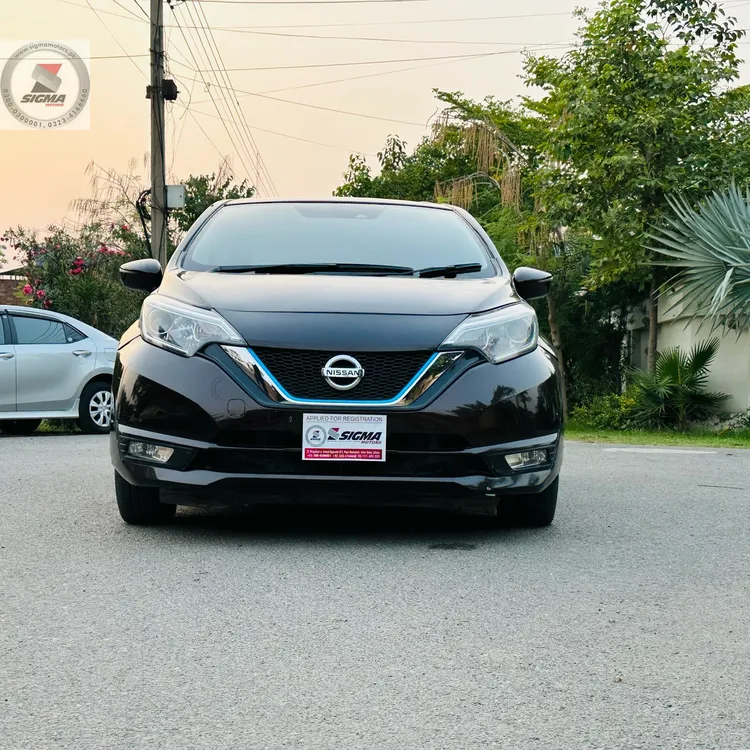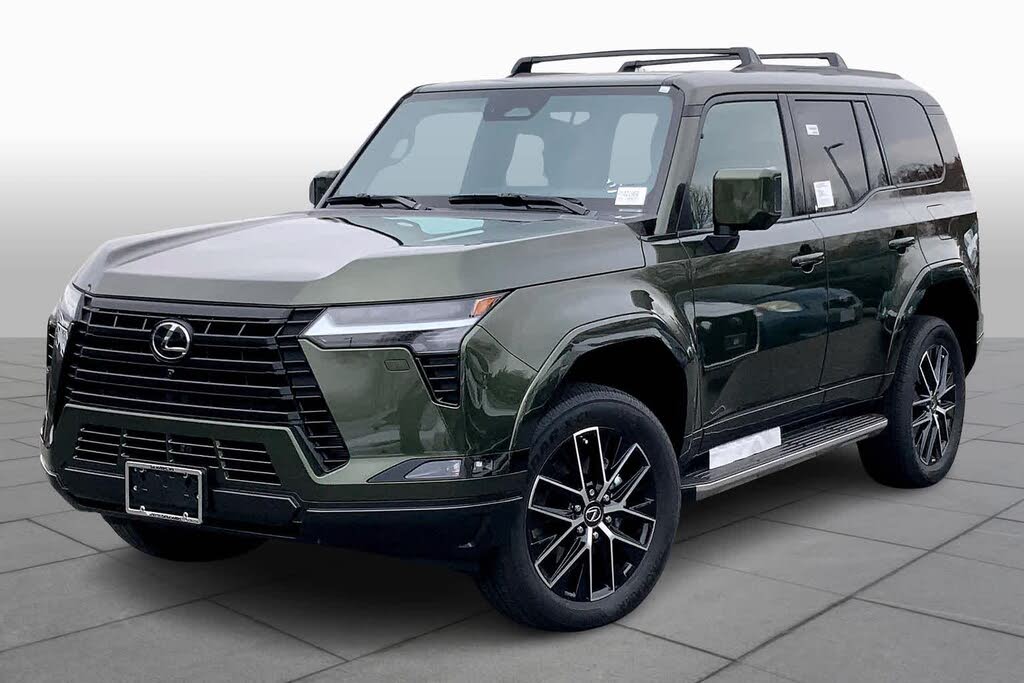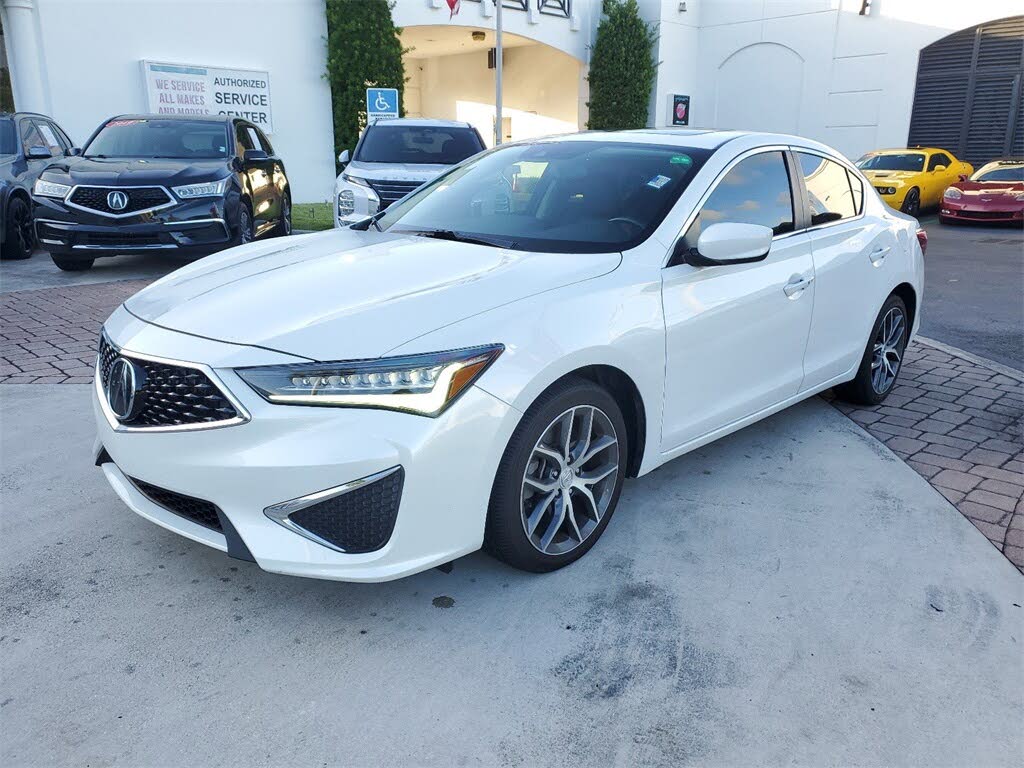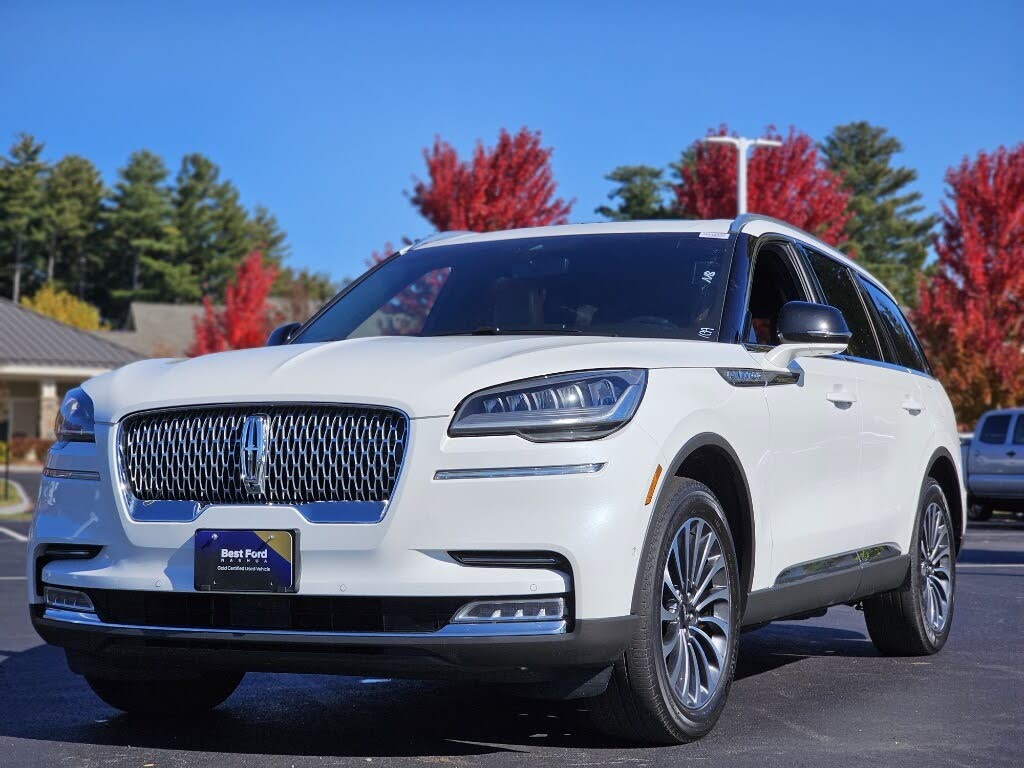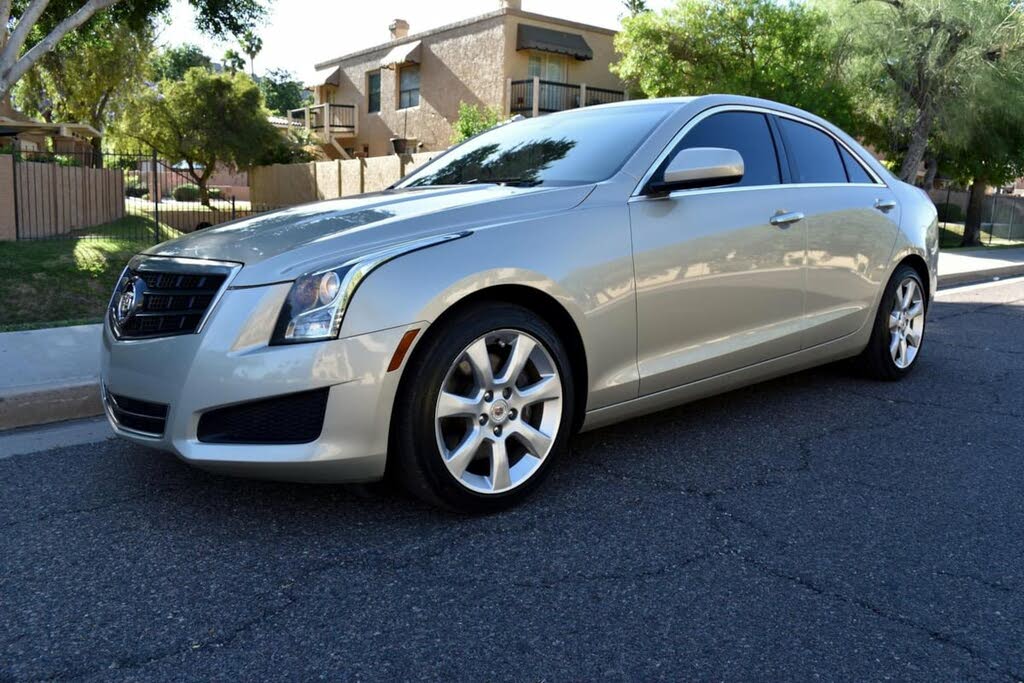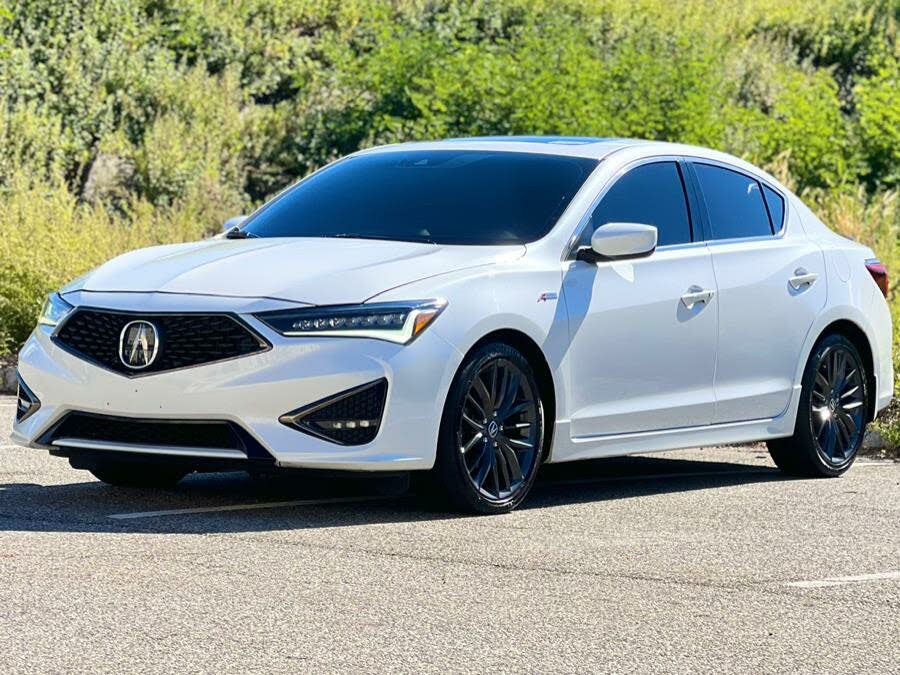The Complete Car Buying Guide: Smart Strategies for Your Next Vehicle Purchase
Purchasing a vehicle ranks among life's most significant financial decisions. Whether you're a first-time buyer or seasoned auto enthusiast, our comprehensive guide eliminates the stress from the process while ensuring you drive away with both the perfect vehicle and exceptional deal.
Key Takeaways
- How to determine your ideal vehicle type based on lifestyle needs
- Strategies for securing the best financing rates and lease terms
- Negotiation tactics that save thousands at the dealership
- When to buy new vs. certified pre-owned vs. used vehicles
- Current market trends affecting pricing and availability
Step 1: Identifying Your Perfect Vehicle
Selecting the right automobile requires careful consideration of multiple factors beyond mere aesthetics. Modern buyers must evaluate:
Family SUVs
Spacious cabins with advanced safety features ideal for growing families and road trips.
- BMW X7
- Ford Explorer
- Nissan Murano
Performance Vehicles
Thrilling driving dynamics for enthusiasts prioritizing acceleration and handling.
- Ford Mustang Shelby GT350
- BMW X4
- Maserati Levante
Eco-Friendly Options
Sustainable transportation solutions with reduced environmental impact.
- Nissan Leaf
- Subaru Crosstrek Hybrid
- Kia Niro EV
Consider creating a weighted scoring system evaluating fuel economy, cargo space, technology features, and projected maintenance costs based on MotorVero reliability data.
--TOP ADVERTISEMENT HERE--
Step 2: New vs. Used Vehicle Analysis
The decision between new and pre-owned vehicles involves complex financial and practical considerations:
New Vehicle Advantages
- Latest safety tech: Automatic emergency braking, lane keep assist
- Full warranty coverage: Typically 3 years/36,000 miles bumper-to-bumper
- Custom ordering: Exact specifications and color combinations
Pre-Owned Benefits
- Reduced depreciation: Avoid 20-30% first-year value loss
- Certified options: Manufacturer-backed CPO programs with extended warranties
- Luxury accessibility: Higher-end models become financially attainable
Industry data reveals optimal savings occur on 2-3 year old vehicles with under 30,000 miles. Our depreciation calculator helps identify sweet spots.
Step 3: Mastering Vehicle Financing
Understanding automotive financial products prevents costly mistakes:
Loan Fundamentals
- Average new car loan amount: $35,000
- Optimal loan term: 60 months or less
- Credit score impact: 740+ secures best rates
Leasing Considerations
- Ideal for drivers wanting new vehicles every 2-3 years
- Requires excellent credit for favorable terms
- Mileage limits typically 10,000-15,000 annually
Pro Tip: Secure pre-approval from your bank or credit union before dealership visits to establish bargaining power.
--SECOND CONTENT ADVERTISEMENT HERE--
Step 4: Dealership Negotiation Strategies
Effective negotiation requires preparation and psychological tactics:
Pricing Research Tools
- MotorVero Fair Price Report
- Invoice price databases
- Regional market comparisons
Timing Considerations
- Month-end sales quotas create flexibility
- Holiday weekend promotions
- Model year transition periods
Always negotiate from the vehicle's invoice price rather than MSRP, and consider using broker services for no-haggle pricing.
Current Market Trends
The automotive landscape continues evolving with several notable developments:
- Electric vehicle adoption accelerating with improved battery tech
- Pickup truck demand remains strong despite fuel prices
- Advanced driver aids becoming standard across price points
Inventory Alert
Certain segments currently offer exceptional value due to market conditions:
- Luxury sedans with 8-10% discounts
- Last-year model SUVs with rebates
- Certified hybrid vehicles with extended warranties
--THIRD CONTENT ADVERTISEMENT HERE--
Post-Purchase Considerations
Protecting your investment extends beyond the sale:
Extended Warranty Evaluation
Third-party vehicle service contracts often provide better coverage at lower costs than dealership offerings. Key factors include:
- Inclusion of wear items like seals and gaskets
- Claim payment history of provider
- Transferability to subsequent owners
Insurance Optimization
New vehicle purchases trigger insurance reevaluations:
- Gap coverage importance for financed vehicles
- Usage-based insurance potential savings
- Multi-policy discount opportunities
